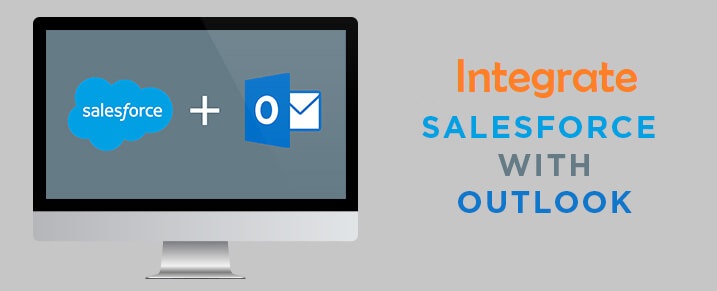
Step 4: Enable Single Sign-On at the Profile Level Leave the Delegated Authentication section as-is. If you see the Delegated Authentication as highlighted below, it has been enabled for you. Once Salesforce support enables the delegated authentication in your Org, you can confirm that by navigating to URL Setup -> Single Sign-On settings. Don’t worry, we are not going to configure delegated authentication or anything, but will leverage on this feature to stop users from logging on to Salesforce directly. The third step will be to log a ticket with Salesforce support to enable “ Delegated Authentication“. Here is how that will look – Oops !! Step 3: Log a Ticket with Salesforce to Enable Delegated Authentication And that is because if the user is smart, they can simply append “ ?login” to the My Domain URL and still see the username/password box. Here is how the login page will look before and after unchecking the optionīut this is still not foolproof. my., they will not see the login/password fields. Once done, now when the users navigate to my domain URL. Click on Edit under ‘Authentication Configuration’ and uncheck the option ‘Login Page’ Next, you may also want to hide Salesforce standard login/password option on the My Domain login page. Navigate to Setup -> Company Settings -> My Domain. Edit my domain settings and click the checkbox “ Prevent login from “ Step 2: Hide the username/password on the My Domain Login Page

To prevent users from logging on through navigate to Setup -> Company Settings -> My Domain. When you enable “My Domain” in Salesforce, users can login to Salesforce either through or. So here is how you can disable direct login to Salesforce. With SSO, it is also easier to implement and maintain the corporate security policies (like 2FA, password complexity, retries, lockouts etc.) in one single system rather than having to ensure that the different systems adhere to these policies. So if the employee leaves the company, you just disable them in your SSO system and not worrying about disabling them in various other systems.


For the simple reason that you want your SSO to be the single place to control user access.

If you have implemented Single Sign-On (or SSO), you may not want the user to login to Salesforce directly.


 0 kommentar(er)
0 kommentar(er)
